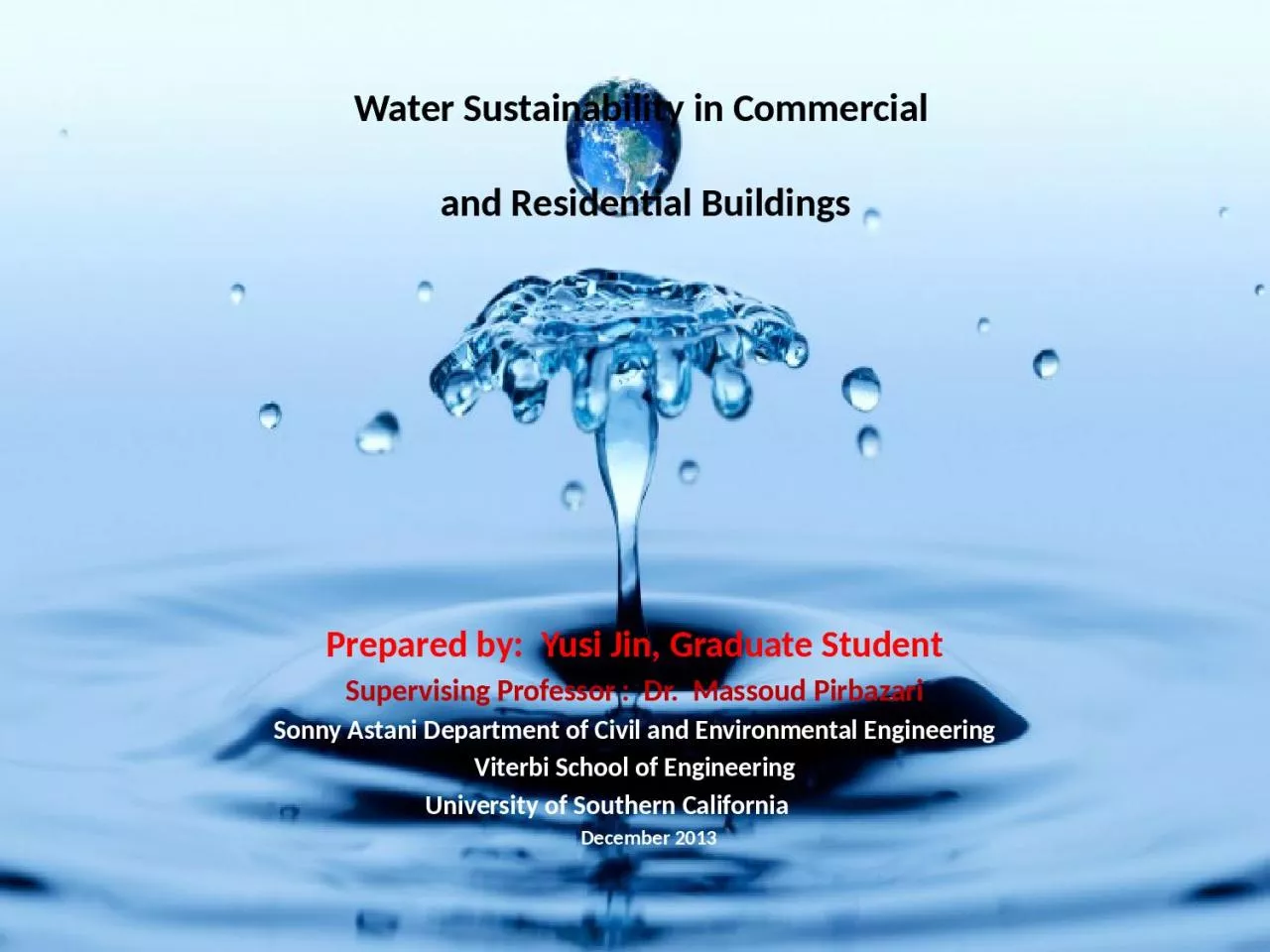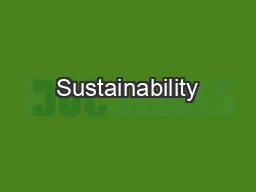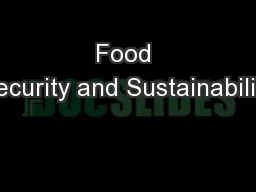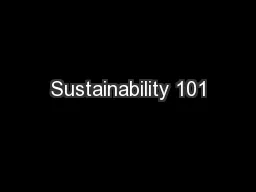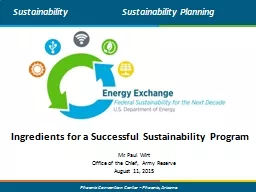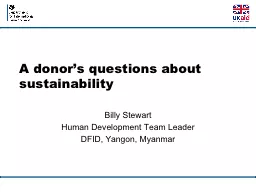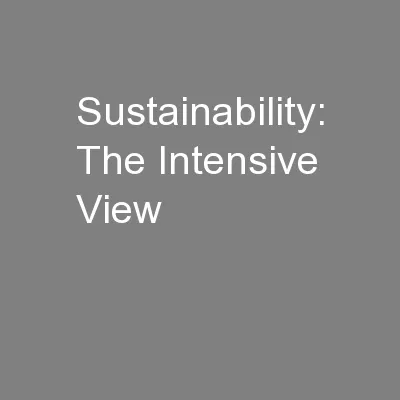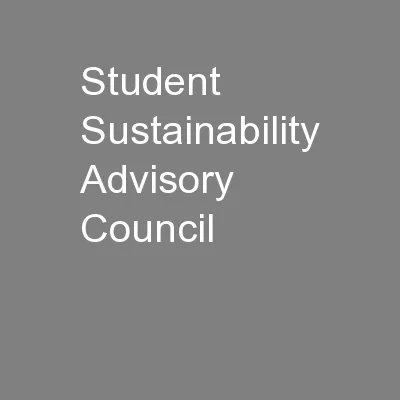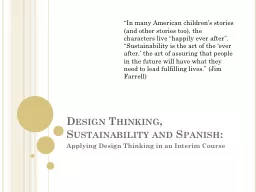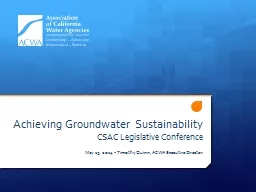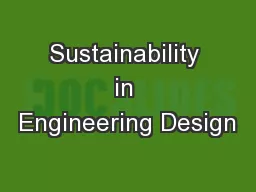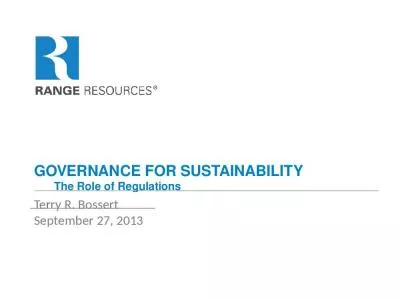PPT-Water Sustainability in
Author : ethlyn | Published Date : 2024-03-13
Commercial and Residential Buildings Prepared by Yusi Jin Graduate Student Supervising Professor Dr Massoud Pirbazari Sonny Astani Department of Civil and Environmental
Presentation Embed Code
Download Presentation
Download Presentation The PPT/PDF document "Water Sustainability in" is the property of its rightful owner. Permission is granted to download and print the materials on this website for personal, non-commercial use only, and to display it on your personal computer provided you do not modify the materials and that you retain all copyright notices contained in the materials. By downloading content from our website, you accept the terms of this agreement.
Water Sustainability in: Transcript
Download Rules Of Document
"Water Sustainability in"The content belongs to its owner. You may download and print it for personal use, without modification, and keep all copyright notices. By downloading, you agree to these terms.
Related Documents

